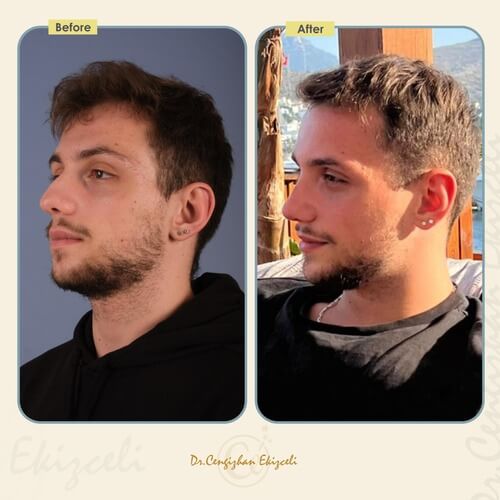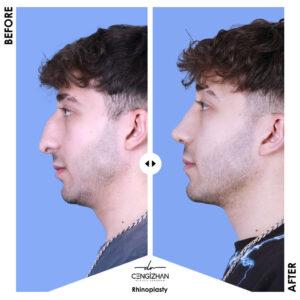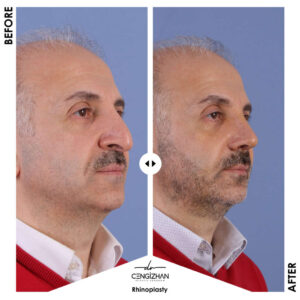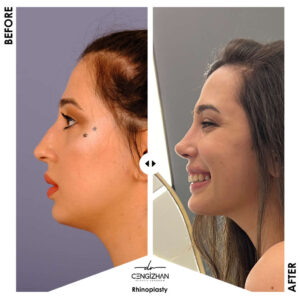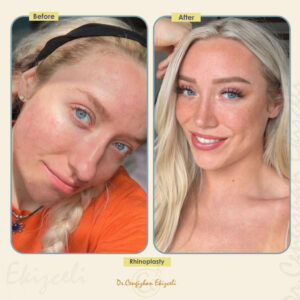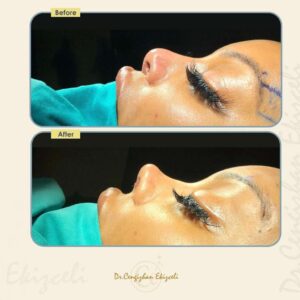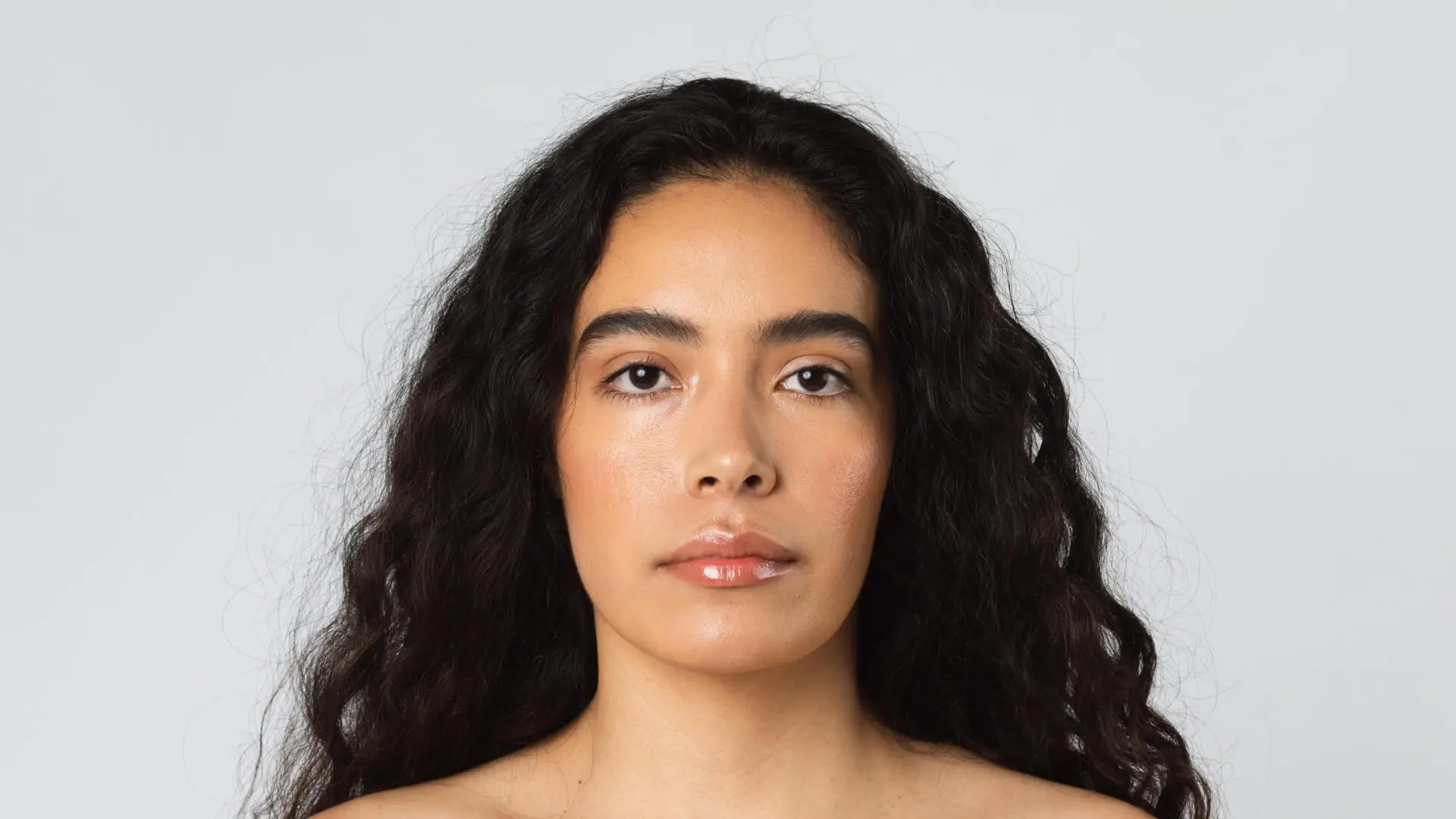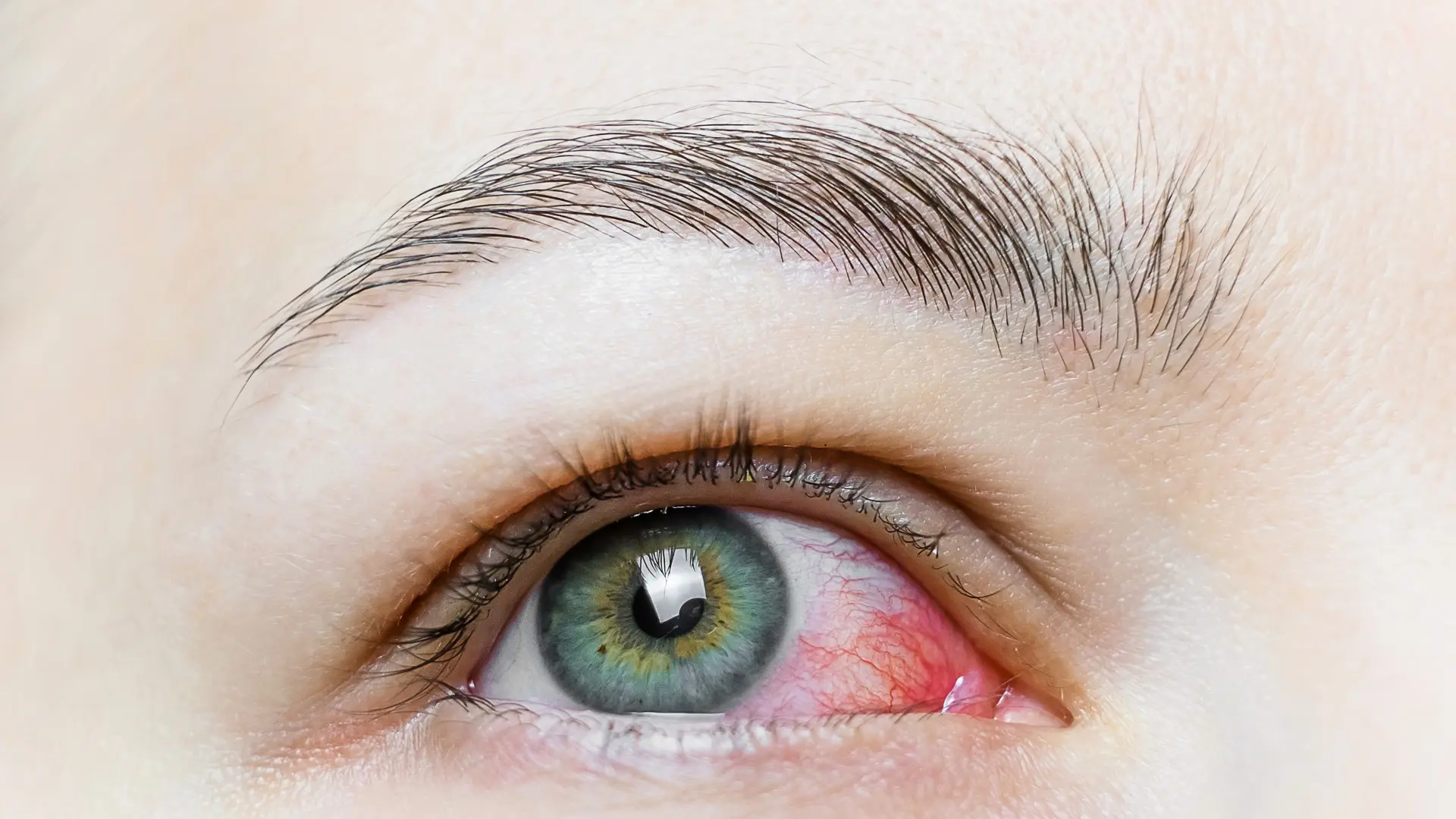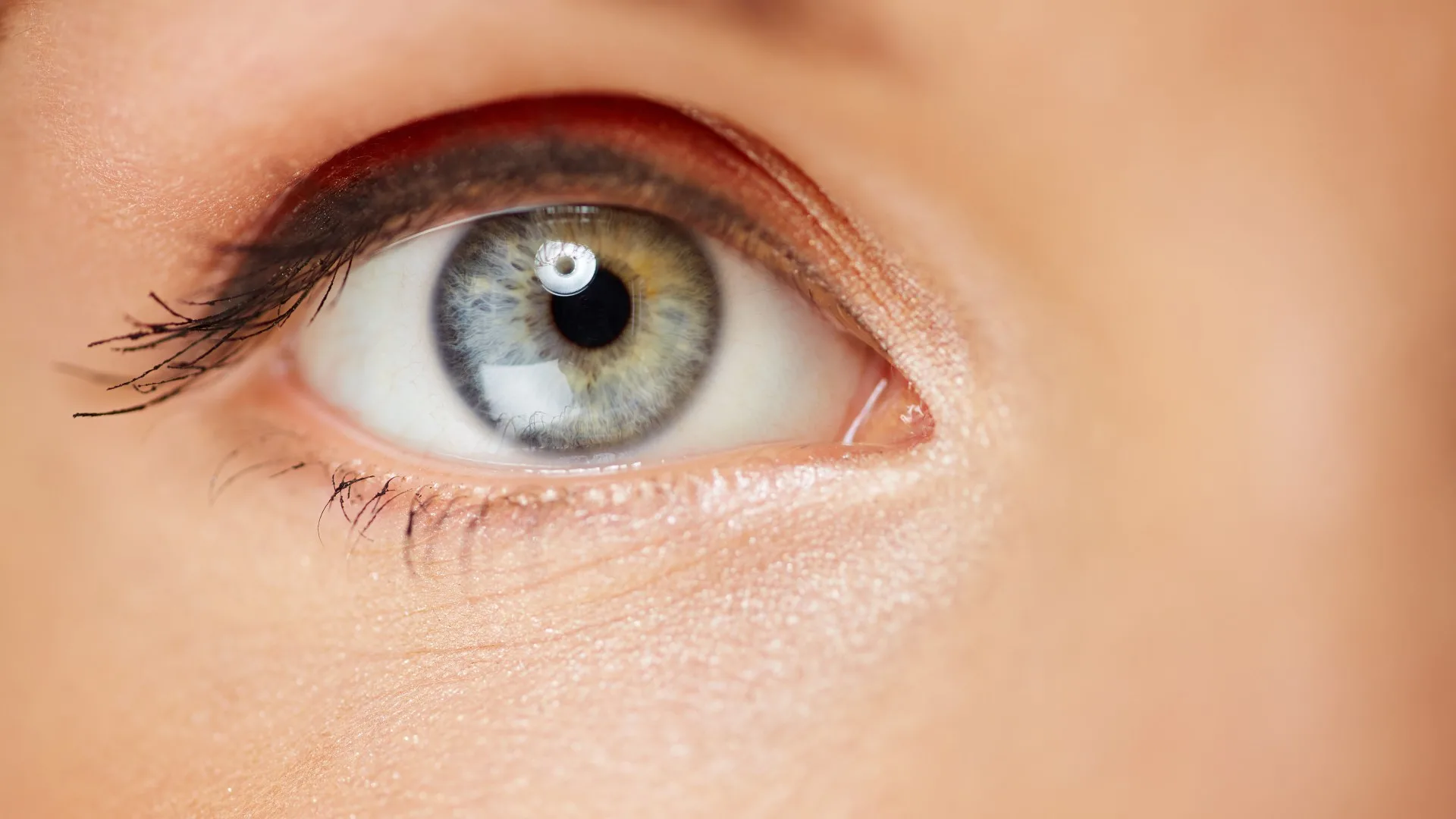Breathing issues, injuries, or even cosmetic reasons—there are many valid and common motivations for choosing to reshape the nose.
Since the nose is positioned at the center of the face, it can draw attention—sometimes for the wrong reasons. With a personalised approach and advanced techniques, rhinoplasty (also known as a nose job) can transform your life by enhancing the harmony of your facial features and positively impacting both your physical appearance and emotional well-being.
But what really goes into this transformation—and how does reshaping your nose influence everything else? Discover what rhinoplasty truly involves and why it’s about more than just appearances.
Table of Contents
The Definition of Rhinoplasty
Rhinoplasty is a surgical procedure aimed at reshaping or correcting the nose for cosmetic or functional reasons. It is one of the most common plastic surgeries since it can significantly improve facial harmony & breathing, as well as correct deformities from injury or birth defects.
After the surgery, nasal splints are typically placed inside the nose to manage bleeding, maintain the stability of the nasal structures, and ensure the nasal passages remain open. This support helps the patient breathe more easily and promotes optimal healing during the recovery phase.
Types of Rhinoplasty
A nose job comes in various forms, each designed to address specific needs. These different approaches exist because every nose is unique, and achieving the ideal outcome often requires a customized technique.
Read further to explore the distinct methods of rhinoplasty to understand how each one serves its purpose! 💫
Open Rhinoplasty
Open rhinoplasty is a surgical technique where an incision is made across the columella, the narrow strip of tissue between the nostrils. This incision allows the surgeon to lift the nasal skin, providing a direct and unobstructed view of the underlying bone, cartilage, and other nasal structures. This visibility is crucial for making precise adjustments, especially in cases where significant changes to the nose’s shape or function are required.
By giving the surgeon full access to the nasal framework, open rhinoplasty allows for greater control and accuracy, leading to more predictable and refined results.
While the recovery time of open rhinoplasty might be slightly longer than that of closed rhinoplasty due to the external incision, the benefits of this method often outweigh the downsides for patients requiring detailed work.
Closed Rhinoplasty
Closed rhinoplasty is a surgical technique where all incisions are made inside the nostrils, leaving no visible external scars. This approach enables the surgeon to access the nasal structures without lifting the skin, relying on the internal view to make adjustments to the bone, cartilage, and other nasal elements.
Although the view is more limited compared to open rhinoplasty, this method is effective for patients needing less extensive changes or those who prefer to avoid visible scarring.
By preserving the external tissues and avoiding an external incision, closed rhinoplasty typically results in a quicker recovery with less swelling and bruising.
While it may not offer the same level of visibility as the open approach, the closed technique is often sufficient for straightforward procedures and can still yield highly satisfactory results with the advantage of a faster healing process.
Differences Between Closed & Open Rhinoplasty
| CLOSED RHINOPLASTY | OPEN RHINOPLASTY |
| ⏺️ Internal incisions only | ⏺️ Incision across the columella |
| ✅ No visible scarring | ⏺️ Small, external scar |
| ✅ Quicker recovery | ⏺️ Slightly longer recovery |
| ✅ Less swelling and bruising | ⏺️ More swelling and bruising |
| ⛔ Limited visibility for the surgeon | ✅ Full visibility of nasal structures |
| ⏺️ Best for minor corrections | ✅ Ideal for complex corrections |
Tip Plasty
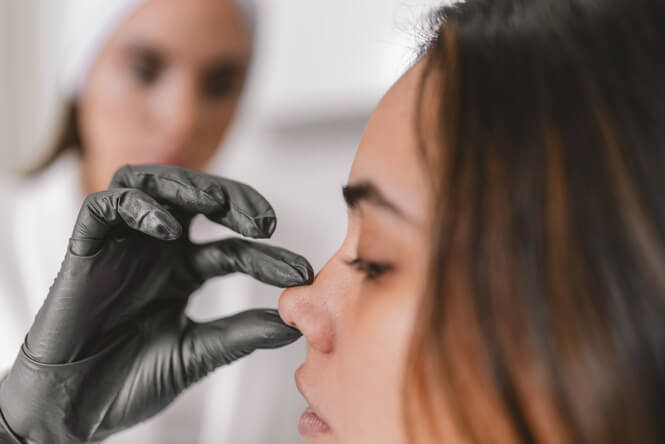
Tip plasty, which basically means nose tip rhinoplasty, is focused specifically on reshaping the nasal tip. Unlike full rhinoplasty, which involves altering the entire nose, tip plasty addresses only the lower third of the nose. This procedure is ideal for patients looking to refine the shape, size, or projection of the nasal tip without changing the rest of their nose.
The surgery can involve adjusting the cartilage, reducing the bulbous nose appearance, or lifting a drooping tip, all while maintaining harmony with the rest of the facial features. Since it is a less invasive procedure, the recovery time is generally shorter compared to a full rhinoplasty, and it can be performed using either an open or closed technique depending on the complexity of the case.
Septoplasty
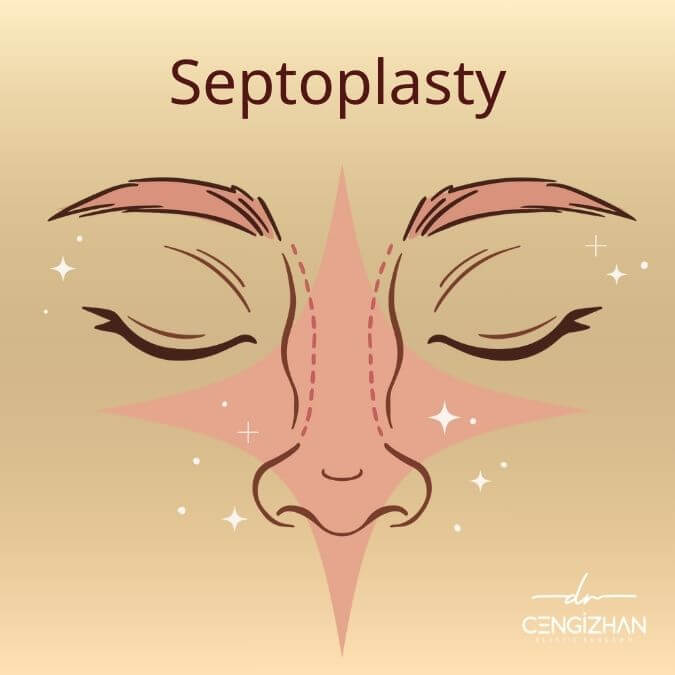
Septoplasty is another variation of rhinoplasty operation that is designed to correct a deviated septum, which is a condition where the nasal septum—the cartilage and bone dividing the nasal passages—is off-center or crooked. This misalignment can obstruct airflow, leading to breathing difficulties, chronic sinus infections, and other nasal issues. Therefore, septoplasty aims to straighten the septum to improve nasal function and alleviate associated symptoms.
The procedure is typically performed through the inside of the nose, with no external incisions required. During surgery, the surgeon repositions or removes parts of the septum to create a clearer airway.
Alar Base Reduction
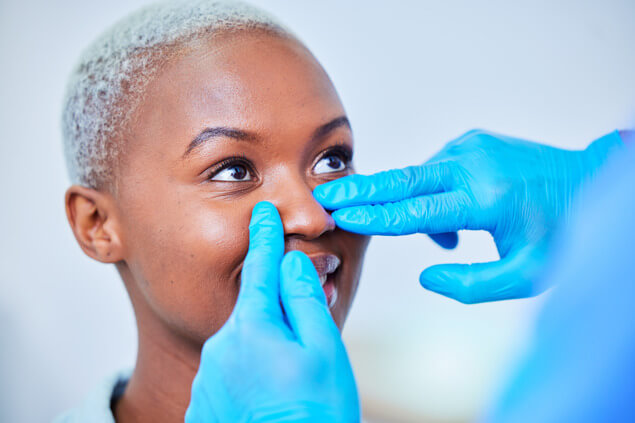
Alar base reduction, or alarplasty, is a cosmetic procedure designed to narrow the width of the nostrils by reshaping the base of the nose. This technique is especially popular among individuals undergoing ethnic rhinoplasty—such as those of Asian, African, or Hispanic descent—who may seek a more refined nasal appearance while preserving their unique features.
During the surgery, Dr. Cengizhan removes small sections of tissue from the sides of the nostrils to achieve the desired reduction. The procedure typically involves minimal external scarring, as the incisions are made inside the nostrils or along natural creases.
Revision Rhinoplasty
Revision rhinoplasty is a corrective procedure for patients who are dissatisfied with the results of a previous rhinoplasty or have encountered complications afterwards. It aims to resolve issues like persistent breathing difficulties, asymmetry, or undesired aesthetic outcomes from the initial surgery.
Revision rhinoplasty is often more complex due to scar tissue and altered nasal structures, requiring a more nuanced approach.
In many cases, surgeons opt to extract cartilage from the patient’s ribs rather than to rely on the nasal bones, which may have been over-altered or excessively manipulated during the initial surgery.
This additional cartilage helps reshape and support the nose, addressing both functional and aesthetic concerns.
While recovery can be longer than the initial rhinoplasty, the procedure strives to restore both function and appearance, achieving a result that aligns better with the patient’s expectations.
Filler Rhinoplasty
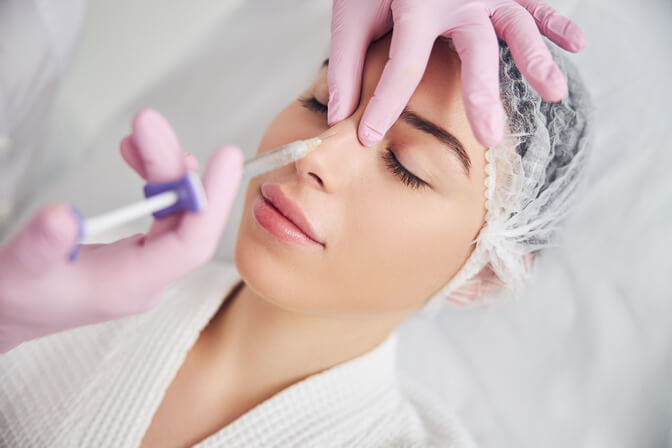
Nose filler, also known as nonsurgical rhinoplasty, is a minimally invasive nose reshaping procedure that uses dermal fillers to temporarily enhance the shape and contour of the nose. This technique is ideal for patients who want to correct minor imperfections, such as a dorsal hump, asymmetry, or a drooping nasal tip, without undergoing surgery.
The procedure offers a quick and relatively painless alternative to traditional rhinoplasty, with immediate results and minimal downtime.
During the treatment, filler is injected into specific areas of the nose to achieve the desired shape. The procedure can smooth out bumps, improve symmetry, and refine the nasal profile.
Results typically last between 6 to 18 months, depending on the type of filler used. Nose fillers are a popular choice for those seeking subtle, reversible changes without the commitment and recovery time associated with surgical rhinoplasty.
Male Rhinoplasty
Rhinoplasty for men is tailored to enhance the appearance and function of the male nose while preserving its masculine characteristics. The goal is to achieve a natural-looking result that maintains the strong, defined features typical of a male nose.
This procedure can be slightly more challenging compared to rhinoplasty for women due to factors like thicker skin, more pronounced ridges and angles, and a generally larger nasal structure.
These characteristics require a skilled approach to achieve the desired balance and refinement. Your surgeon must carefully consider these aspects to ensure that the nose retains its robust, masculine qualities while addressing the patient’s aesthetic concerns.
Ultrasonic Rhinoplasty with Piezo Technique
Piezo rhinoplasty is an advanced technique that utilizes ultrasonic waves to precisely reshape the nasal bones without damaging the surrounding soft tissues. Unlike traditional techniques that use chisels and hammers, piezo rhinoplasty offers more precise and controlled sculpting of the nose, minimising the risk of bruising, swelling, and tissue trauma. This approach is particularly beneficial for patients seeking a more refined nasal structure with minimal recovery time.
Dr. Cengizhan utilises the Woodpecker® device in his closed piezo rhinoplasty procedures, harnessing its ultrasonic technology to achieve more refined and precise nasal enhancements. This unique medical tool allows for controlled bone adjustments, reducing the risk of swelling, bruising, and complications. Patients benefit from a quicker recovery and more predictable, natural-looking results.
Stages of the Surgery
Pre-Operation
- Consultation
You will discuss your goals and expectations with the surgeon. This is your chance to ask questions and understand the procedure.
- Doctor’s Examination & Instructions
The surgeon will examine your nose, take measurements, and possibly order tests.You will receive specific instructions on how to prepare for surgery, which may include precautionary steps similar to the following warning signs:
- It is essential to stop smoking, as it can impair your recovery and heighten the risk of complications.
- Steer clear of certain medications before surgery, particularly blood thinners like aspirin, anti-inflammatory drugs, and herbal supplements, as they can adversely affect your healing process.
- Prioritize a healthy diet full of vitamins and proteins to boost your body’s post-surgery recovery.
- Make sure you have help by organizing for a friend or family member to drive you home and support you during the initial recovery period.
- Planning & Marking the Nose
The surgeon will mark the areas of your nose that will be reshaped. This step ensures a precise and tailored approach during the surgery.
During the Operation
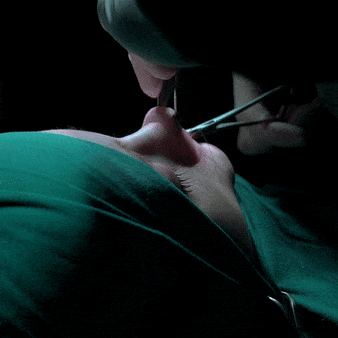
- Anesthesia
You will receive general anesthesia to ensure you are comfortable and pain-free during the procedure.
- Reshaping the Nasal Structures
The surgeon will make precise adjustments to your nasal bones and cartilage to achieve the nose shape of your dreams.
- Suturing & Dressing
Once the reshaping is complete, the surgeon will suture the incisions and apply dressings. You may also have a nasal splint to support the new structure.
Post-Operation
- Recovery Room
You will be monitored as you wake up from anaesthesia. Dr. Cengizhan’s medical team will ensure you are stable before you go home.
- Follow-Up Appointments
You will attend follow-up appointments to monitor your healing on a regular basis. The surgeon will check your progress and remove any stitches or splints.
- Long-Term Care
You will receive instructions on how to care for your nose as it heals. This includes avoiding strenuous activities and protecting your nose from impact. You will also be informed about what to expect in terms of swelling and final results.
Recovery from Rhinoplasty
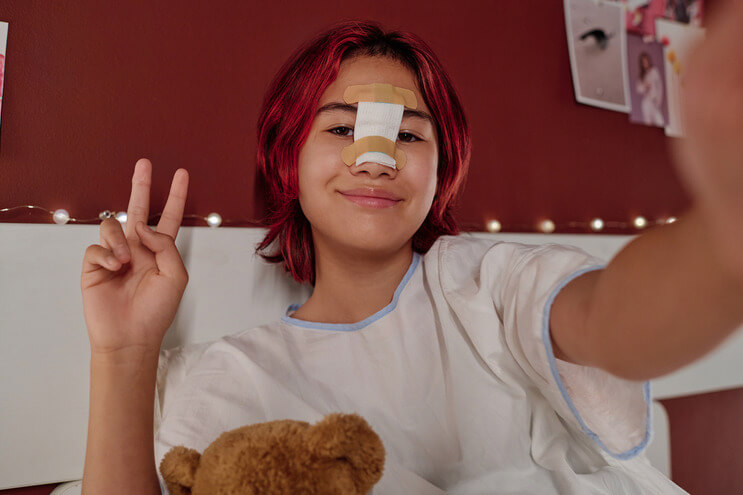
- Right after surgery, you will need to rest in the recovery area until you are fully awake from the anesthesia. Swelling and mild discomfort are normal experiences during this time, and you’ll be given pain medications to manage any pain related to such downsides.
- After 1-2 days, you should continue resting, keeping your head elevated to reduce swelling. It is important to avoid blowing your nose or touching it too much during this time. Breathing through your nose may be difficult due to the splints and swelling.
- At 5-7 days, you will have a follow-up appointment to remove the nasal splints and any stitches. This can greatly improve your comfort and breathing. Bruising around the eyes should begin to fade, and most of the swelling will start to subside.
- By the end of the first week, you can return to light activities but avoid strenuous movements, bending over, or heavy lifting. You will also be instructed to avoid wearing glasses directly on your nose if possible, as it could affect the healing process.
- At 1-2 weeks, swelling and bruising should continue to diminish, though some residual swelling may persist. At this stage, you can start massaging your nose as per your surgeon’s instructions, which helps greatly to reduce swelling and encourage proper contouring by tackling post-operative edema. You may also begin using scar treatments if needed.
- Around 4-6 weeks, most of the visible swelling will have subsided, and you can resume normal activities, including light exercise, with your surgeon’s approval. However, it is still advised to avoid any activity that could risk impact to the nose.
- Over the next 3-6 months, your nose will continue to refine its shape as the remaining swelling gradually dissipates. You should continue following your surgeon’s guidelines for any scar management or nose massages. Your nose will look more natural as it settles into its final form.
- At 1 year post-surgery, full healing is typically achieved, and your final results should be visible. You’ll have a follow-up appointment to ensure everything has healed as expected and discuss the overall outcome!
Rhinoplasty Costs
The cost of a nose job, or rhinoplasty, can fluctuate significantly depending on several factors. These include the surgeon’s expertise and reputation, the location of the surgical facility, the type of anesthesia used, and the complexity of the procedure itself. Additionally, pre-operative consultations, medical tests, and post-operative care can contribute to the overall expense.
However, we analyzed a substantial amount of patient data, including information sourced from platforms like RealSelf for our readers to gain a comprehensive understanding of typical costs:
Rhinoplasty Before & After Examples
We are fully aware that deciding on getting a rhinoplasty is a big deal. You will want to know all about the surgery, but sometimes, seeing is believing!
Dr. Cengizhan’s before-and-after pictures below really show off his skills and help you picture what your nose could look like! 👀
FAQ
Dr. Cengizhan typically recommends rhinoplasty once facial growth is complete, usually around 17-18 years old for girls and 18-19 years old for boys, as boys’ facial structures mature slightly later. Performing the surgery before full development can interfere with natural growth and lead to complications. Emotional maturity is also crucial, as patients need to have realistic expectations. Exceptions may be made for significant functional issues or injuries, but these cases are carefully evaluated by the surgeon himself.
Rhinoplasty surgery typically takes 2 to 5 hours. The duration depends on factors such as the complexity of the procedure, whether it is a primary or revision surgery, and the specific techniques used. Individual anatomical considerations and the surgeon’s approach can also influence the time required.
Non-surgical rhinoplasty (liquid nose job) typically lasts between 6 to 12 months. The permanency of the fillers depends on factors like the type/brand of filler used, individual metabolism, and lifestyle. Regular touch-ups are often needed to maintain the desired appearance.
After extensive research and consultation with multiple clinics across Turkey, we have compiled a comprehensive overview of rhinoplasty costs. Below is a general breakdown of the costs you can expect:
Minimum: $2,500 – This is typically for simpler procedures performed by less experienced surgeons or in smaller clinics.
Maximum: $6,500 – This reflects more complex cases, revision surgeries, or procedures performed by highly experienced surgeons in top-tier facilities.
Average: $3,500 – This is the typical cost for a standard rhinoplasty performed by a skilled surgeon in a reputable clinic.
Turkey has emerged as a leading destination for rhinoplasty, offering a combination of skilled surgeons, advanced facilities, and affordable prices. The country’s medical tourism sector has grown significantly, with Istanbul becoming a hub for cosmetic procedures. Turkish surgeons like Dr. Cengizhan have gained international recognition for their expertise in rhinoplasty techniques.
One of the main advantages of choosing Turkey for rhinoplasty is the cost-effectiveness. The procedure is often considerably cheaper than in Western countries, without compromising on quality. This price difference is due to lower operating costs and a favorable exchange rate, allowing patients to receive high-quality care from skilled professionals like Dr. Cengizhan at a fraction of the cost they would pay in their home countries.
Additionally, many clinics (like ours 😉) offer accommodation and transportation services as well, making the entire experience more convenient and affordable for international patients.
Check out our Dr. Cengizhan’s clinic if you’re intrigued by health tourism!
It is generally advised to avoid donating blood a week before rhinoplasty. Blood donation can lead to reduced hemoglobin levels and potential dehydration, which might affect your overall health and recovery.
Additionally, it is crucial to avoid any activities that could increase the risk of bleeding or complications during surgery. It is best to discuss any concerns with your surgeon to ensure you are fully prepared for the procedure.
Rhinoplasty is medically necessary in cases where breathing difficulties, chronic sinus issues, or structural abnormalities such as a deviated septum, nasal valve collapse, or nasal trauma significantly impact health and quality of life.
To demonstrate to the relevant authorities that you require rhinoplasty for health and well-being reasons:
- You can ensure your case is supported by gathering medical records that show breathing difficulties, chronic sinus issues, or a deviated septum.
- You should undergo diagnostic tests like a CT scan or nasal endoscopy to confirm any structural issues in your nose.
- Obtaining a letter from your ENT specialist (otorhinolaryngologist) or surgeon can help explain why the surgery is essential for your health.
- You can submit all this evidence to your insurance provider for evaluation and potential pre-authorization if required.
You can usually start breathing more comfortably through your nose about 1 to 2 weeks after rhinoplasty, once the initial swelling decreases and nasal splints are removed.
Full recovery of normal breathing may take a few more weeks as the internal healing continues.
You can typically start massaging your nose about 1 to 2 weeks after rhinoplasty, but it is essential to follow your surgeon’s specific instructions. The timing and technique for massaging can vary depending on the procedure and your individual healing process, so always consult with your surgeon before beginning any post-operative care.
After rhinoplasty, it typically takes about 6 to 12 months for the tip of the nose to fully soften and settle into its final shape. The exact timing can vary depending on individual healing rates and the complexity of the surgery. Initial swelling and firmness are normal and will gradually subside over this period.
Swelling after rhinoplasty generally lasts for about 1 to 2 weeks, with the most noticeable swelling occurring in the first few days. Most of the significant swelling subsides within this period, but some residual swelling can persist for several months.
Full resolution of swelling and achieving the final shape of the nose can take up to 6 to 12 months.
No, a nose cannot fall off after plastic surgery. While serious complications like necrosis or infection are extremely rare and preventable with proper care, the tip of the nose may initially appear to drop or shift into a more natural-looking form as swelling subsides over the following months.
Following your surgeon’s post-operative instructions, such as avoiding trauma and keeping the area clean, reduces the risk of complications. If you notice any unusual symptoms, contact your surgeon promptly for evaluation and guidance.

